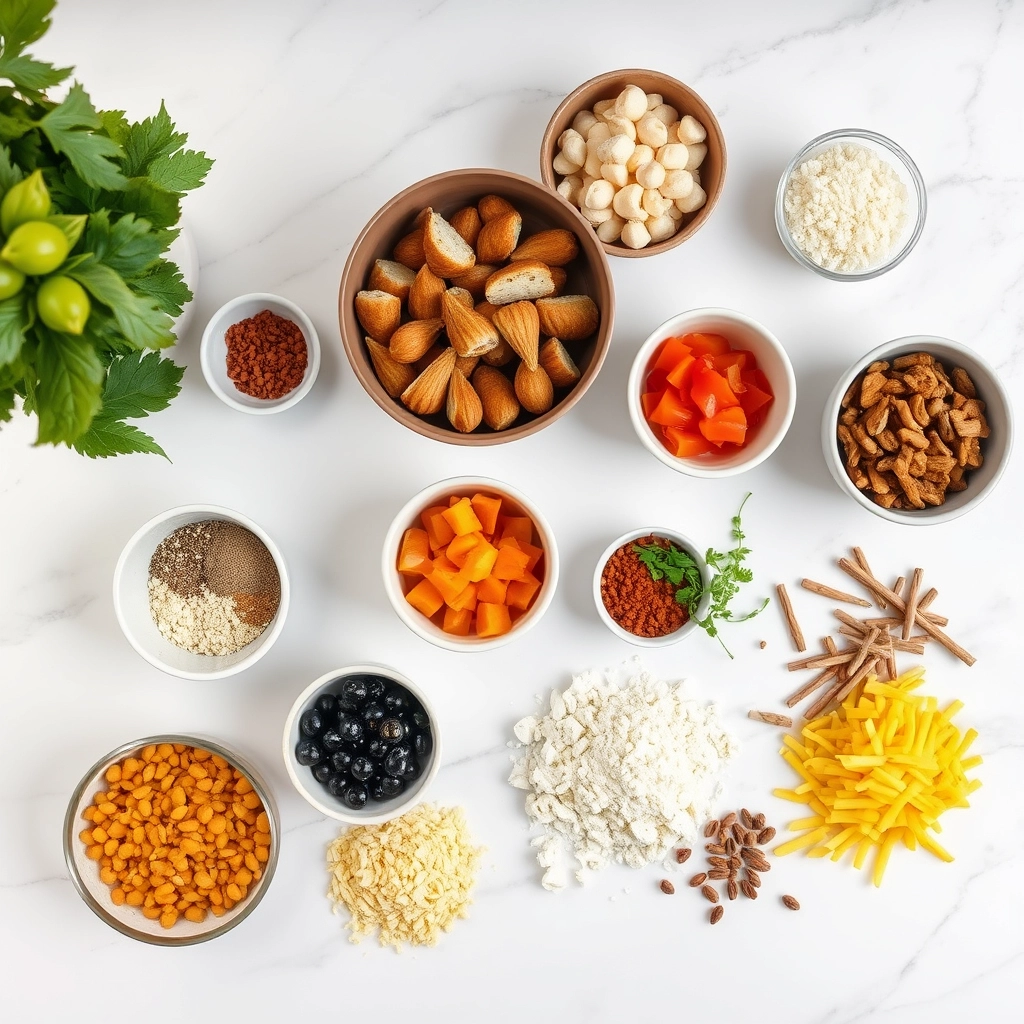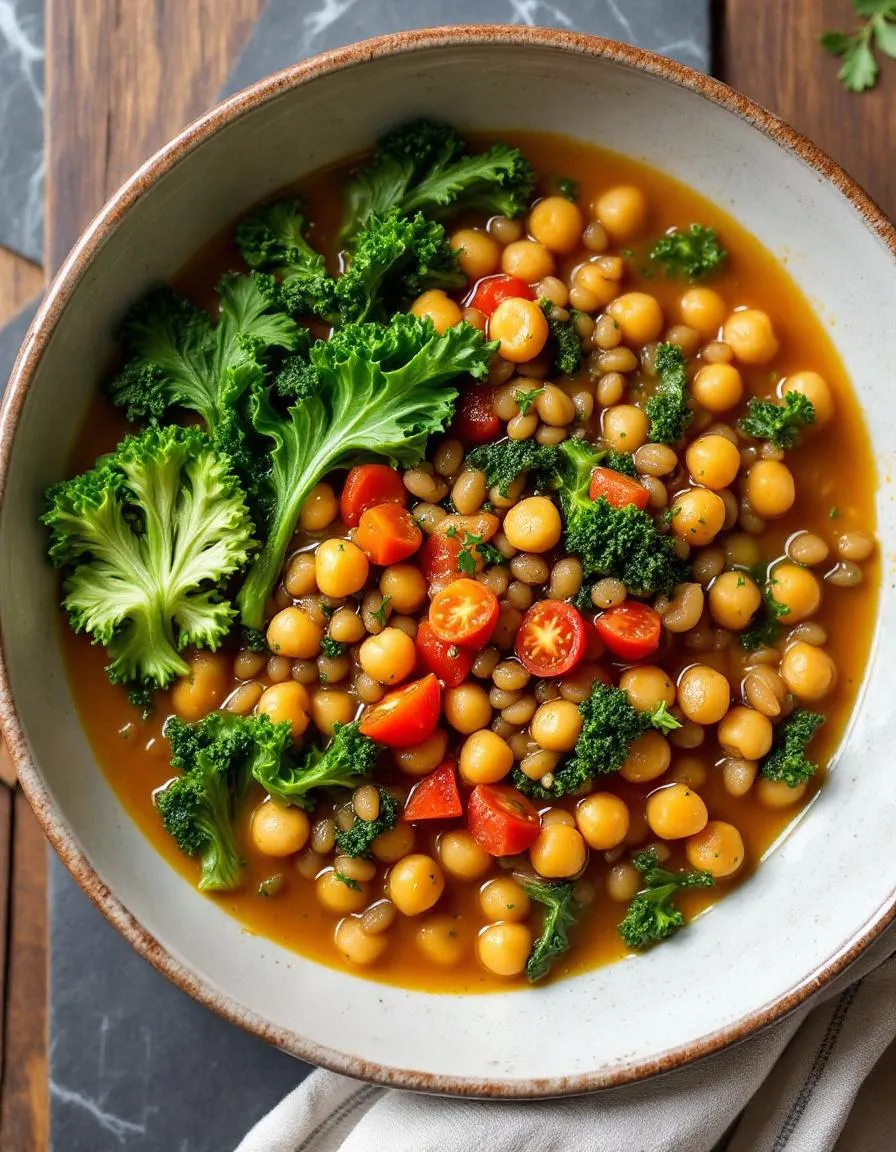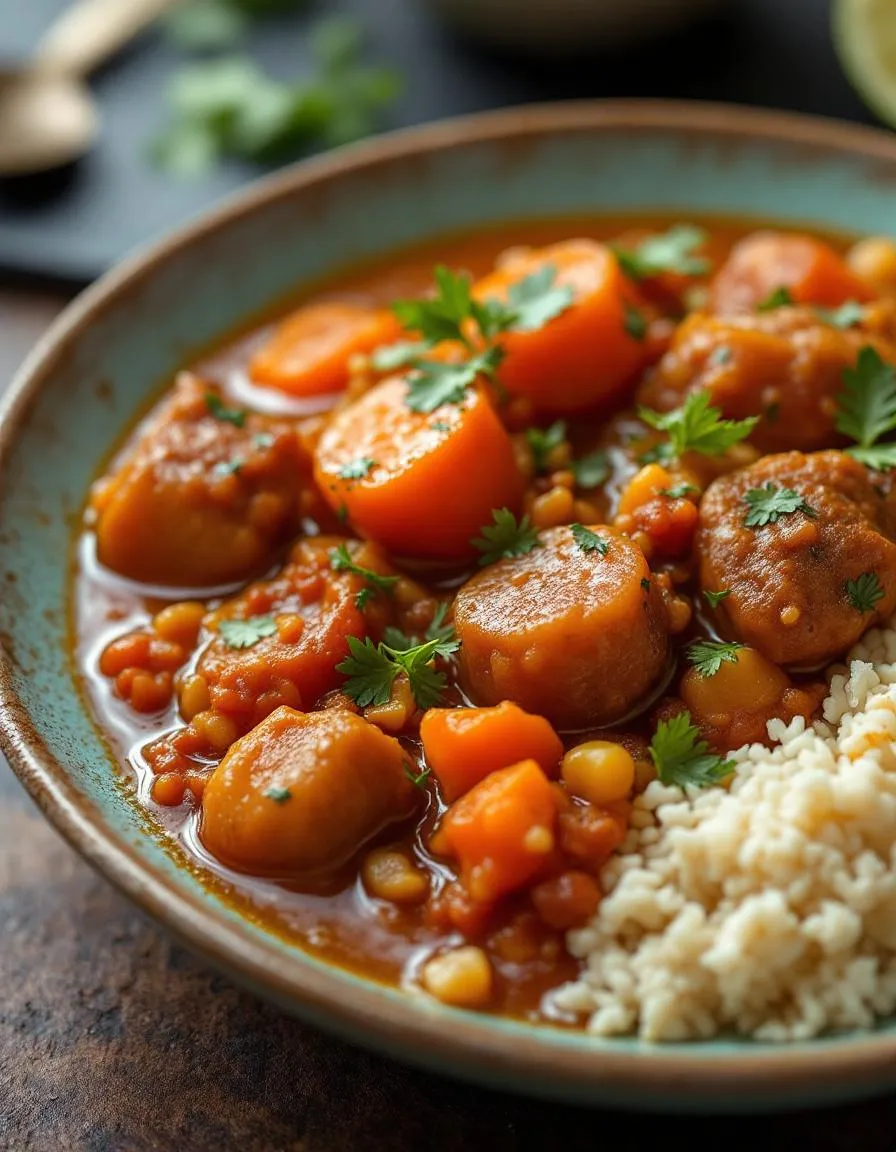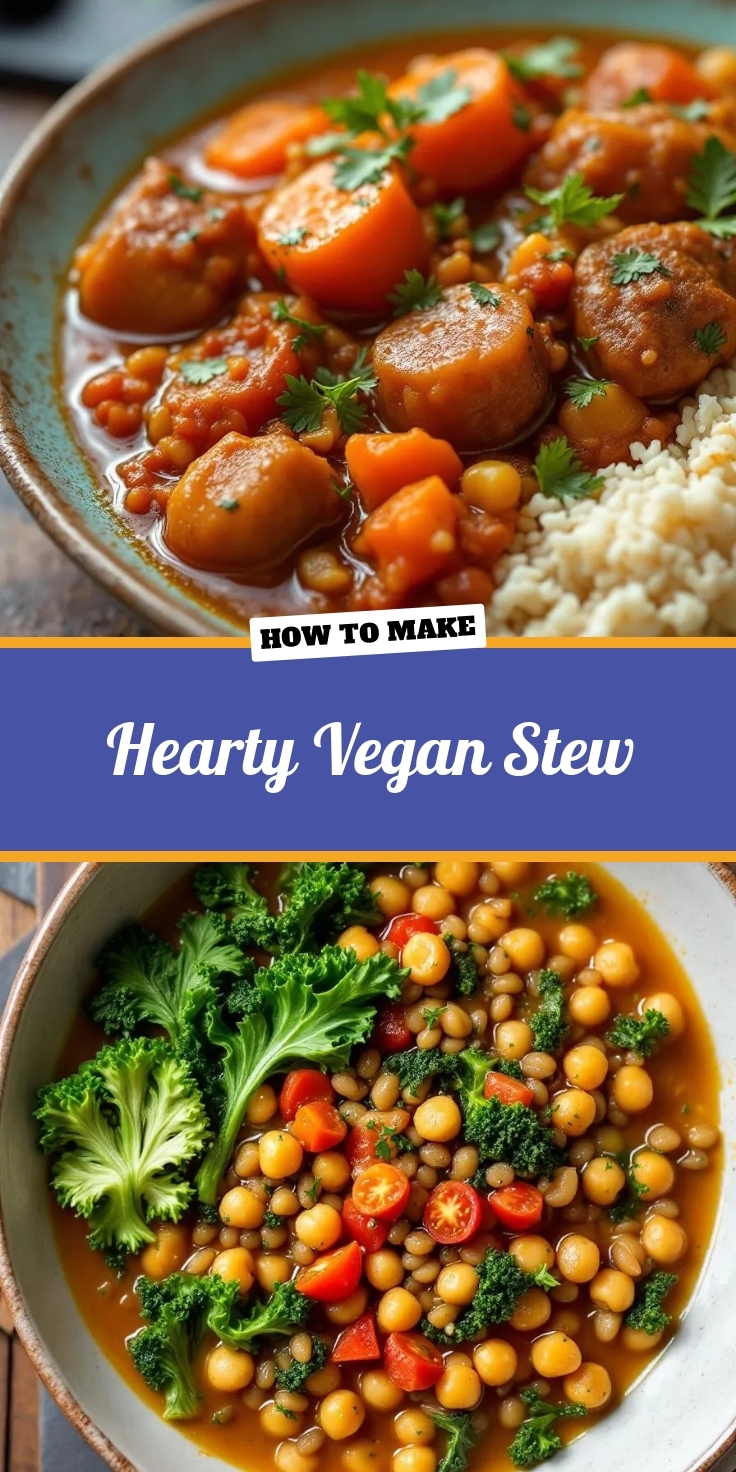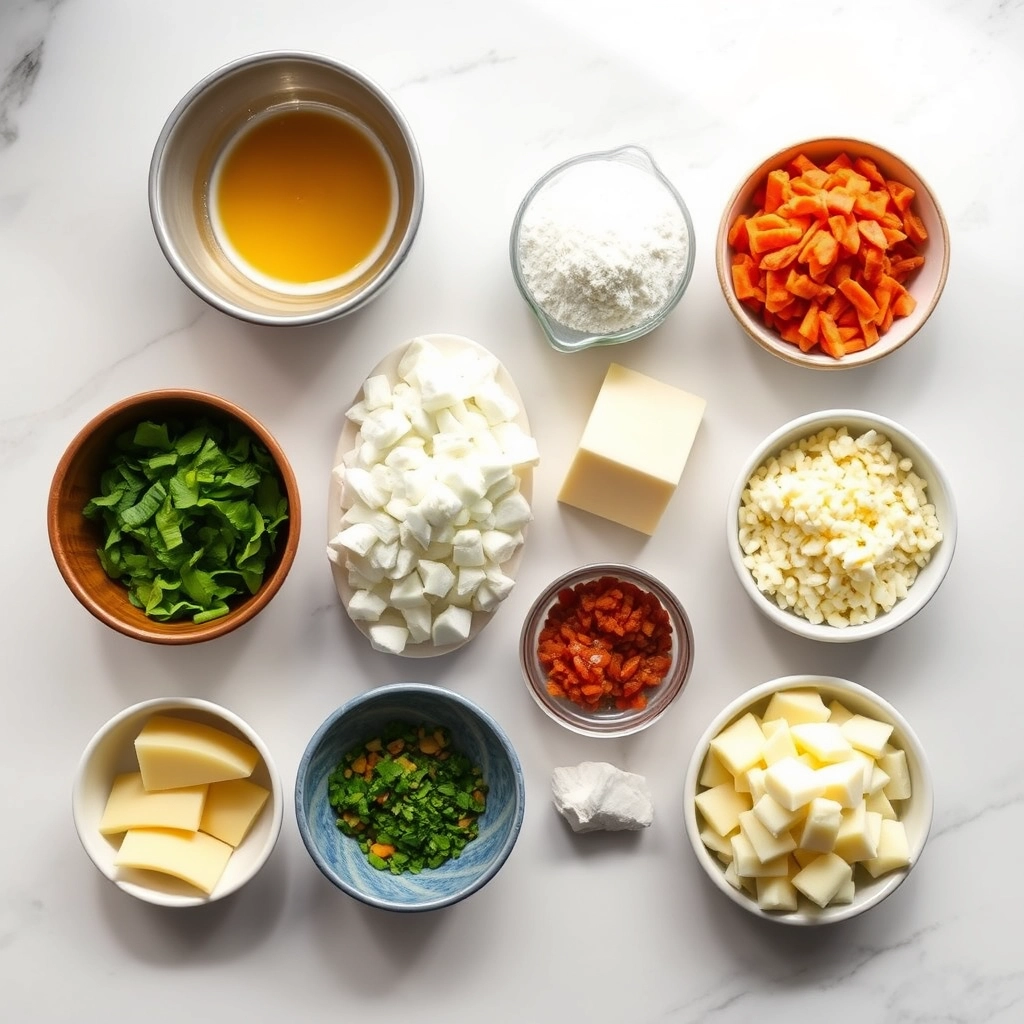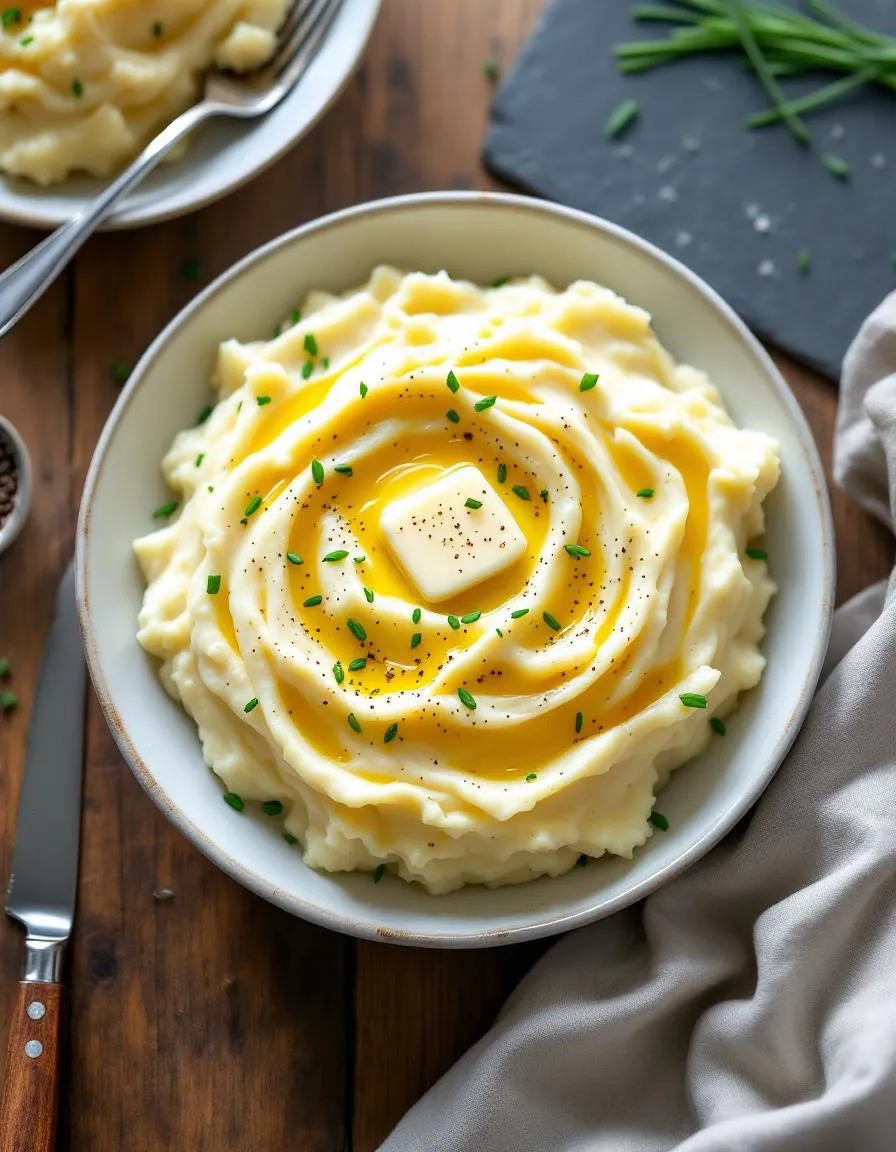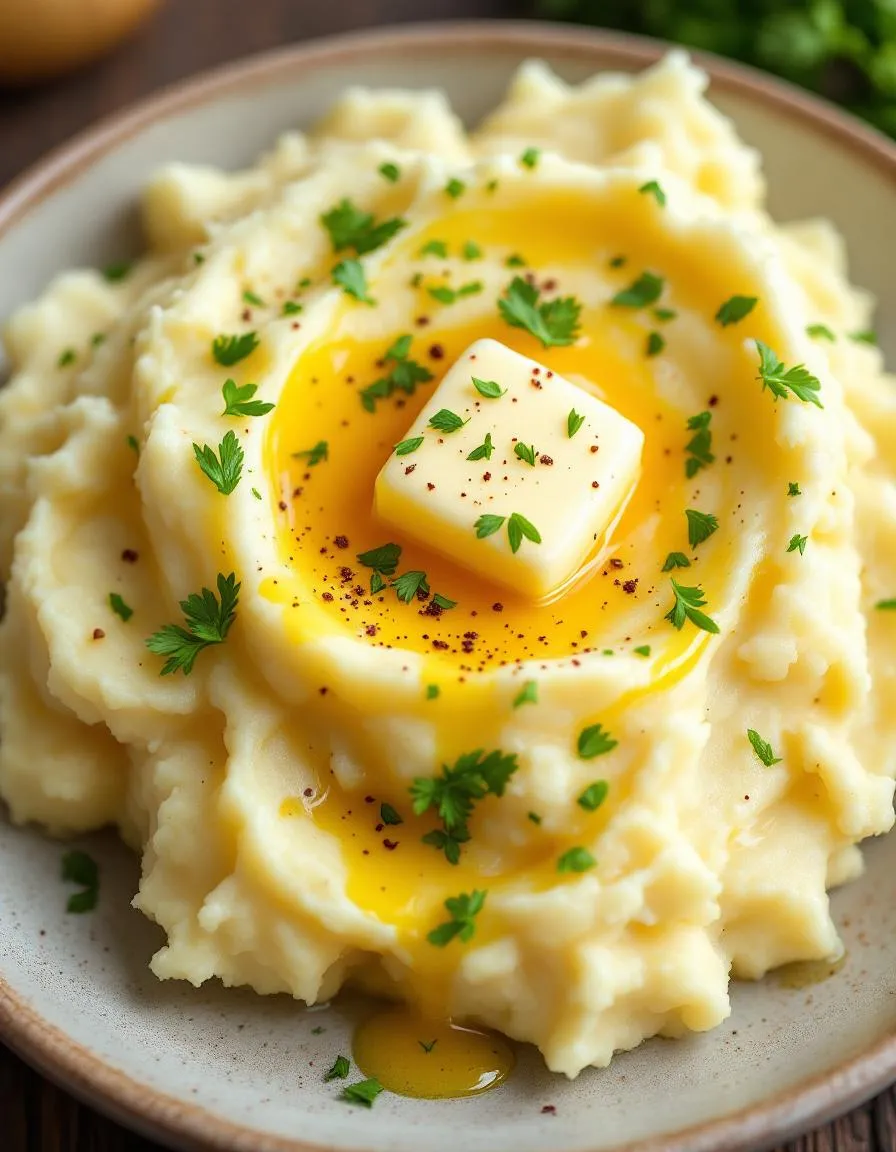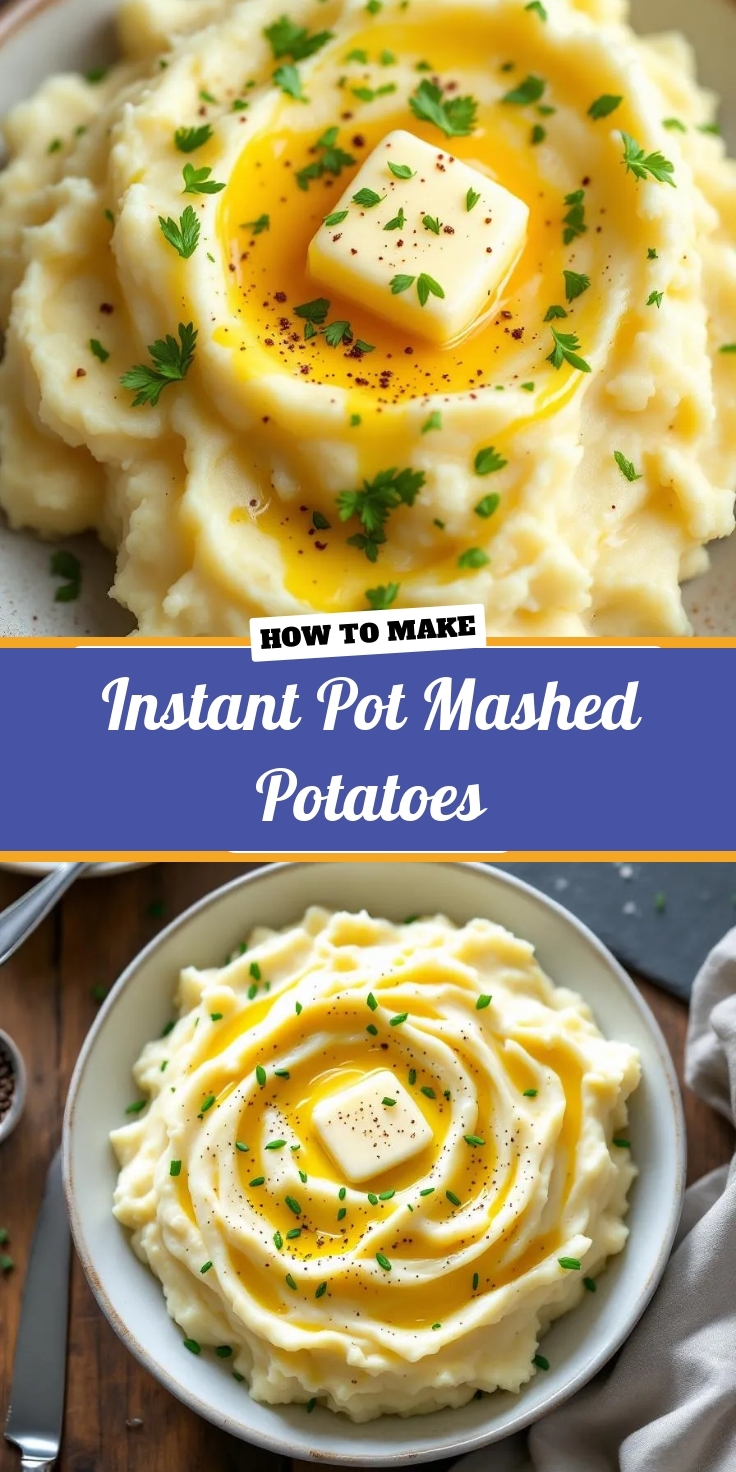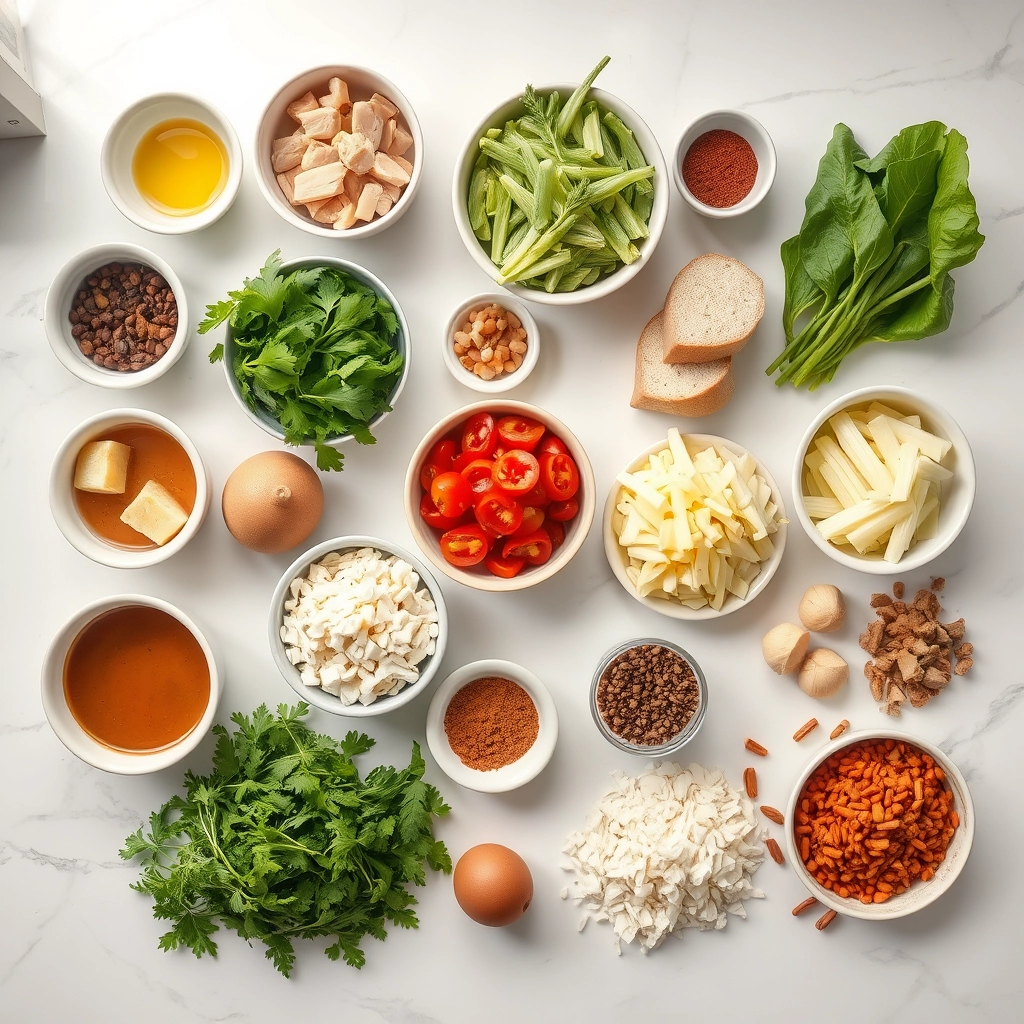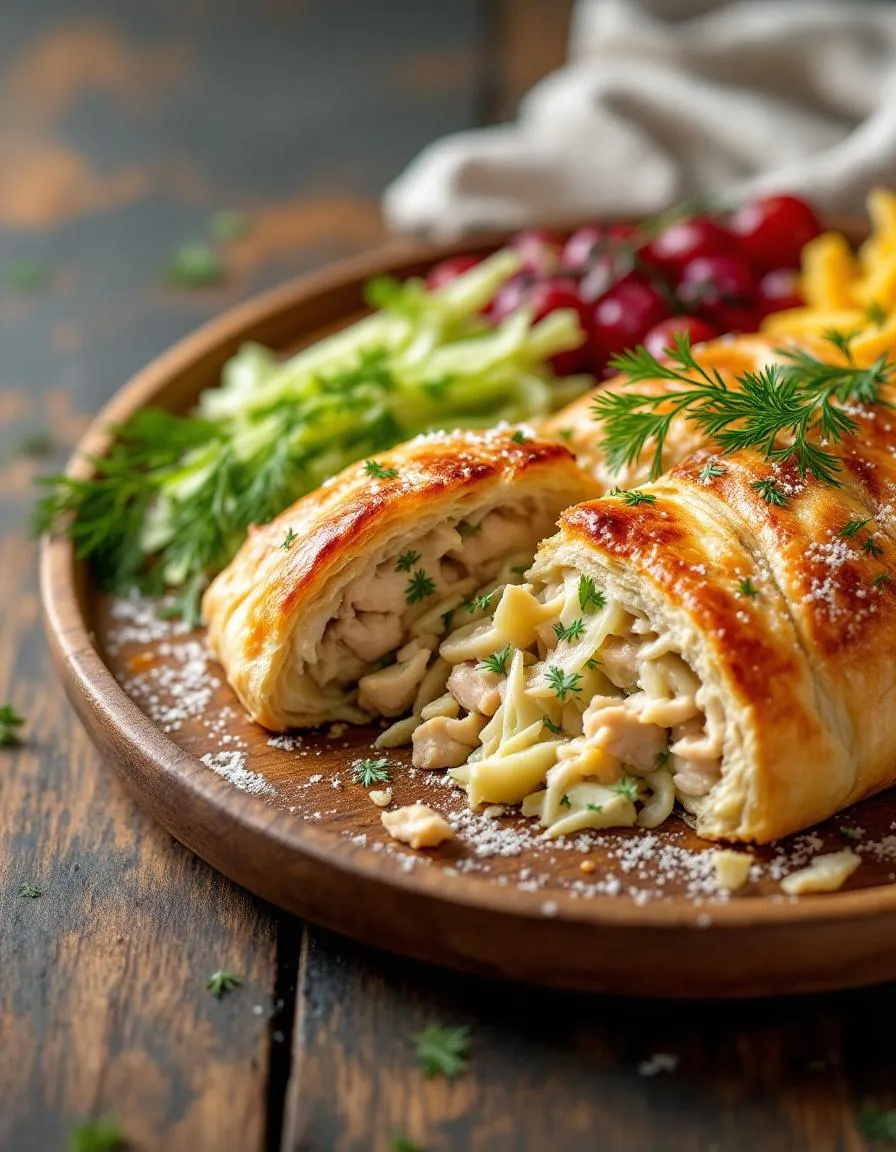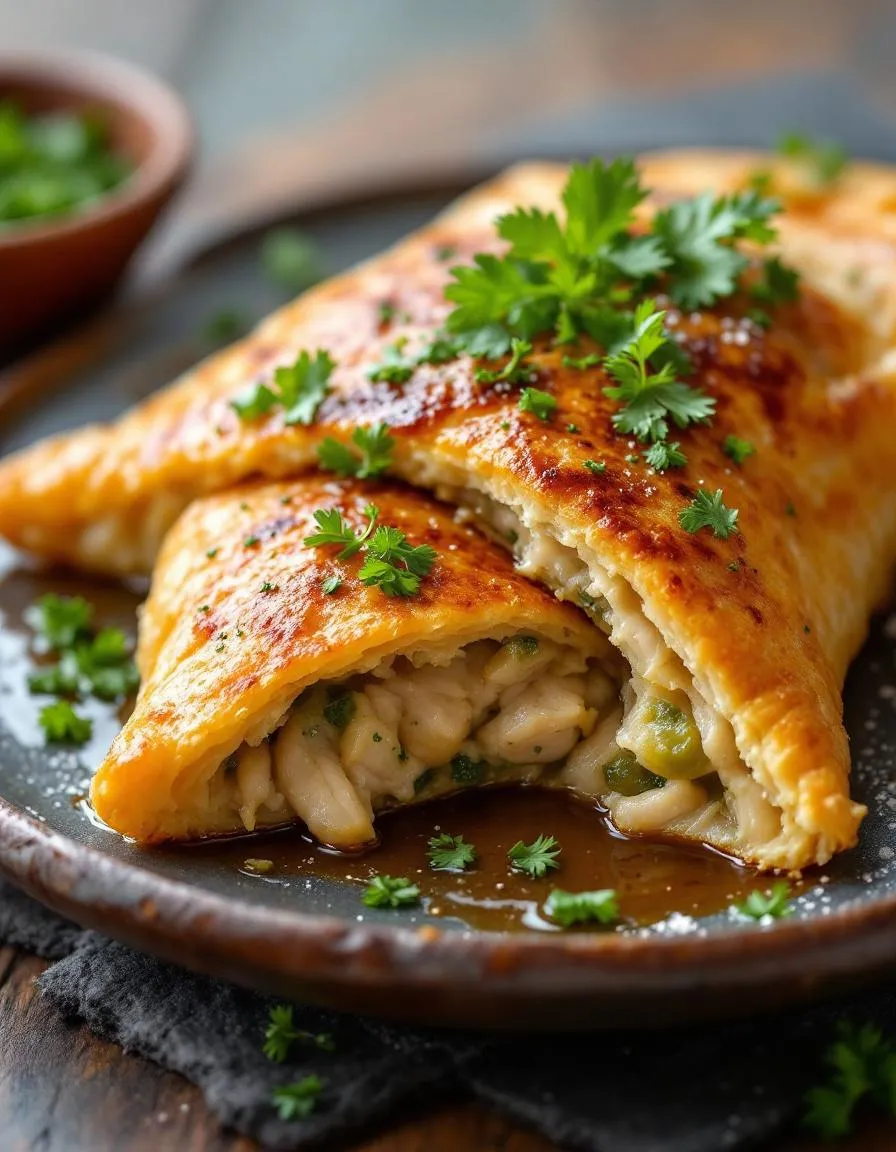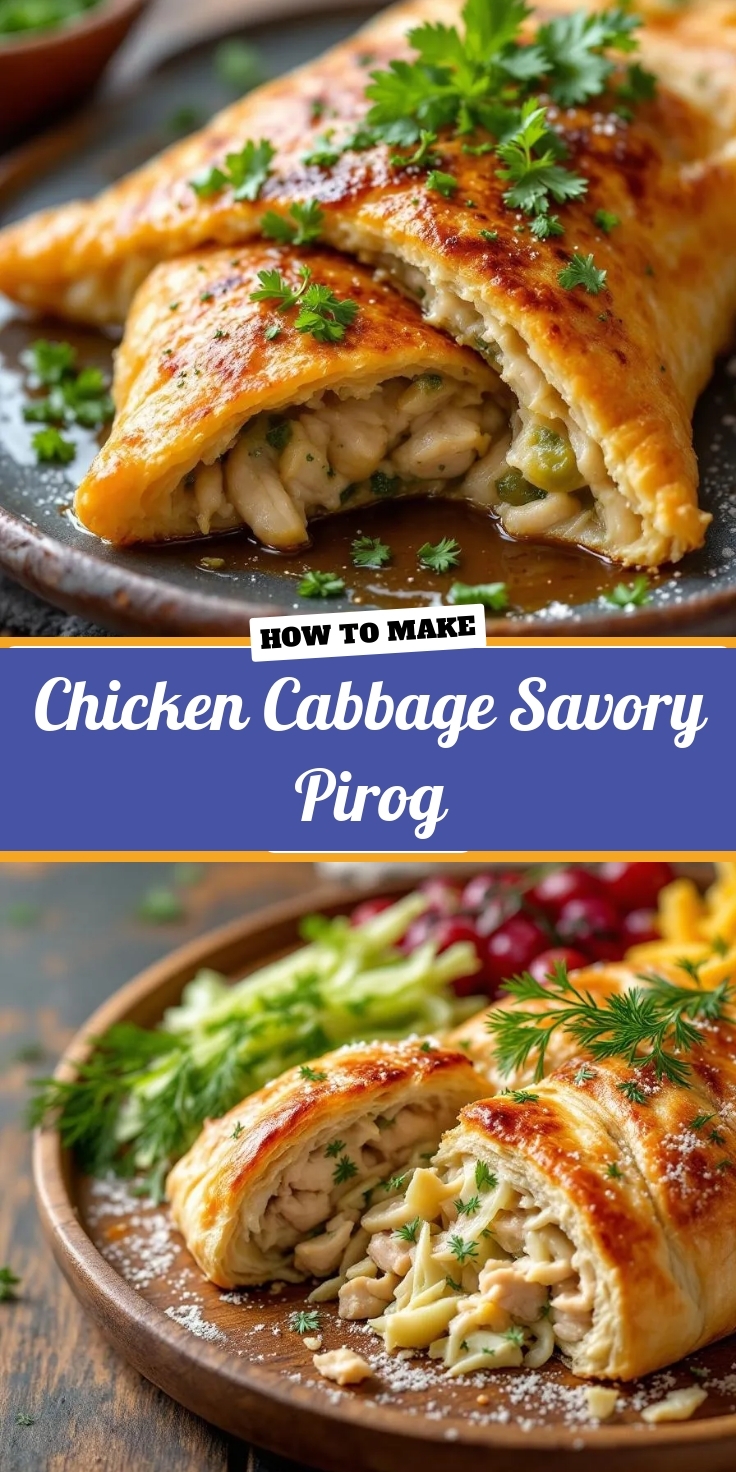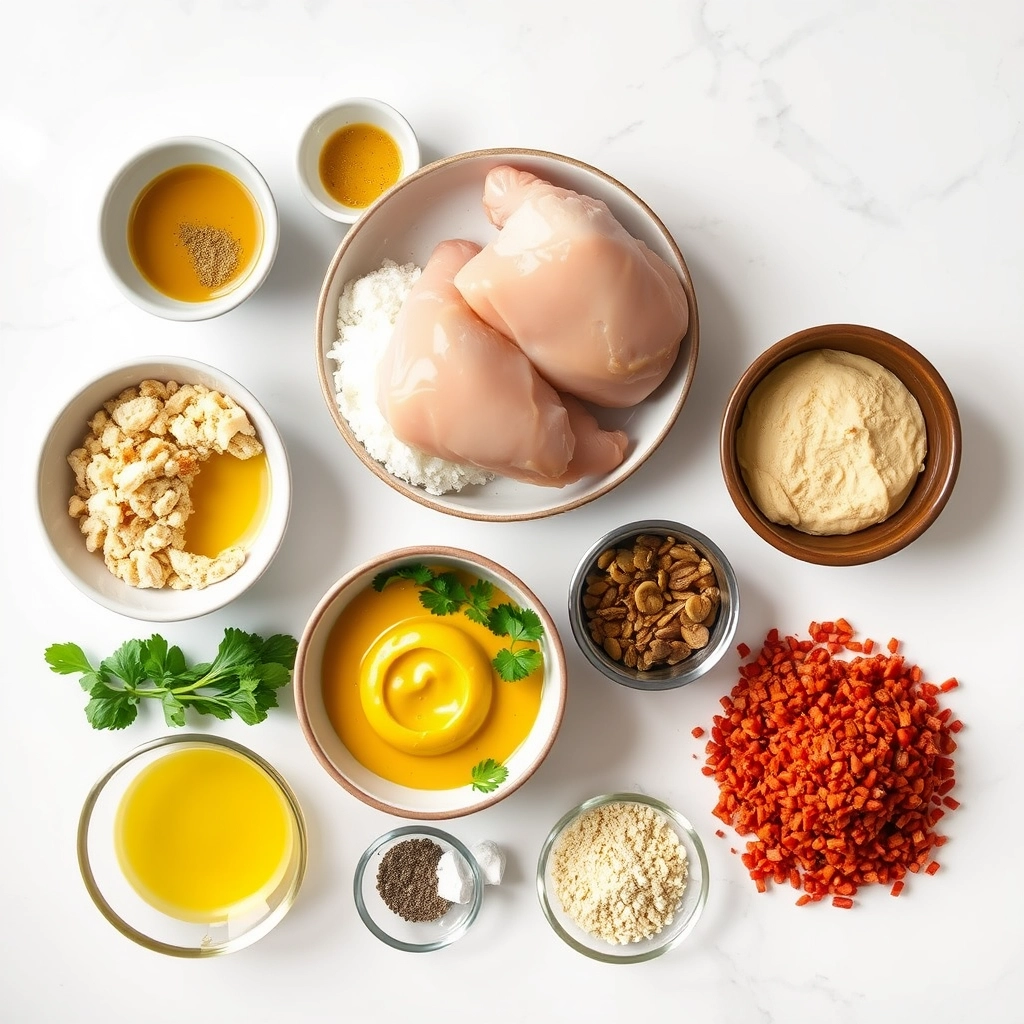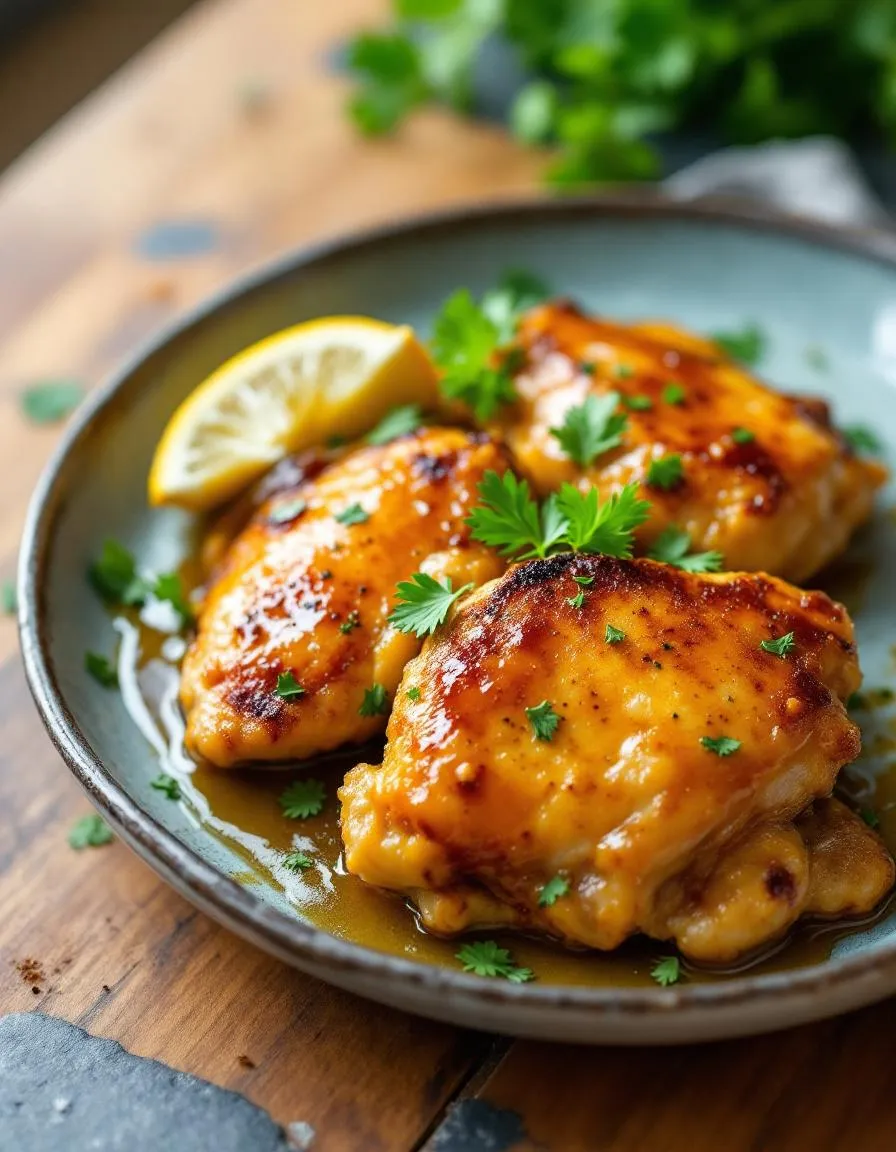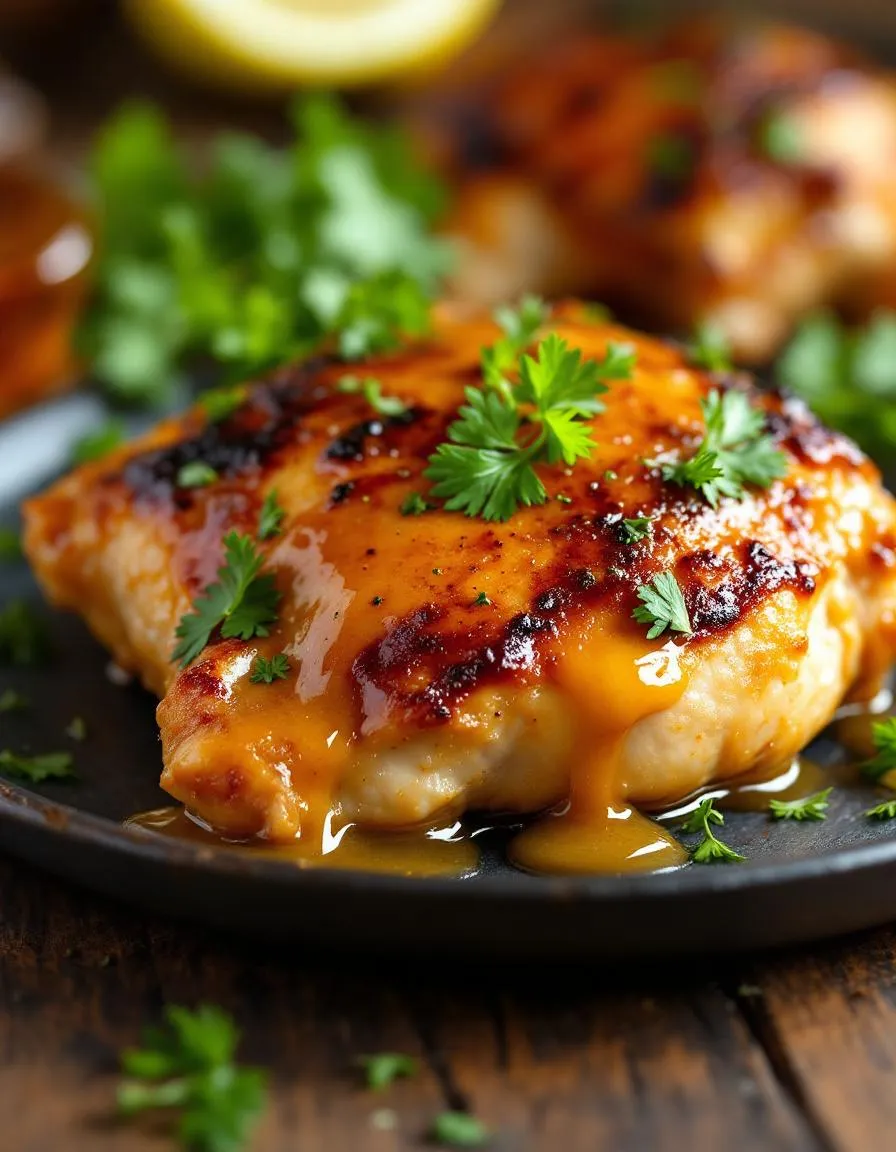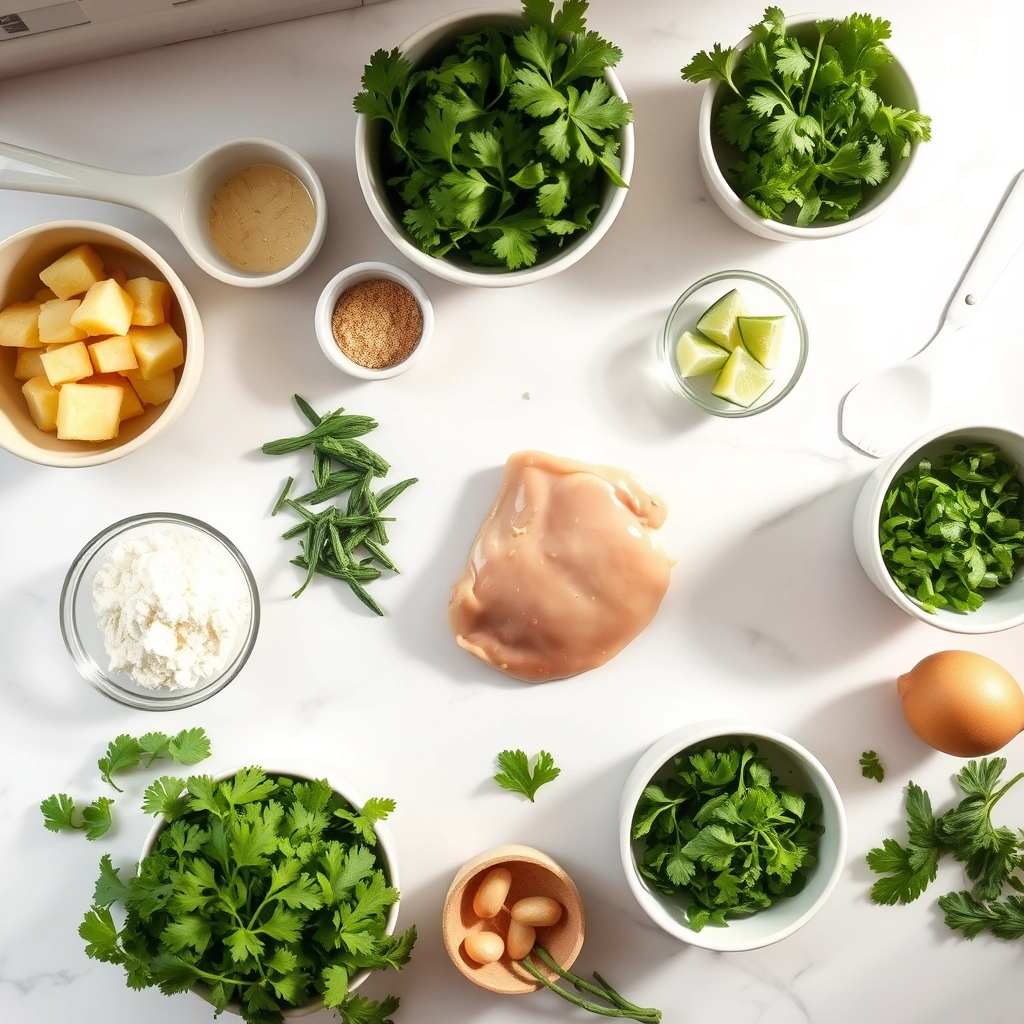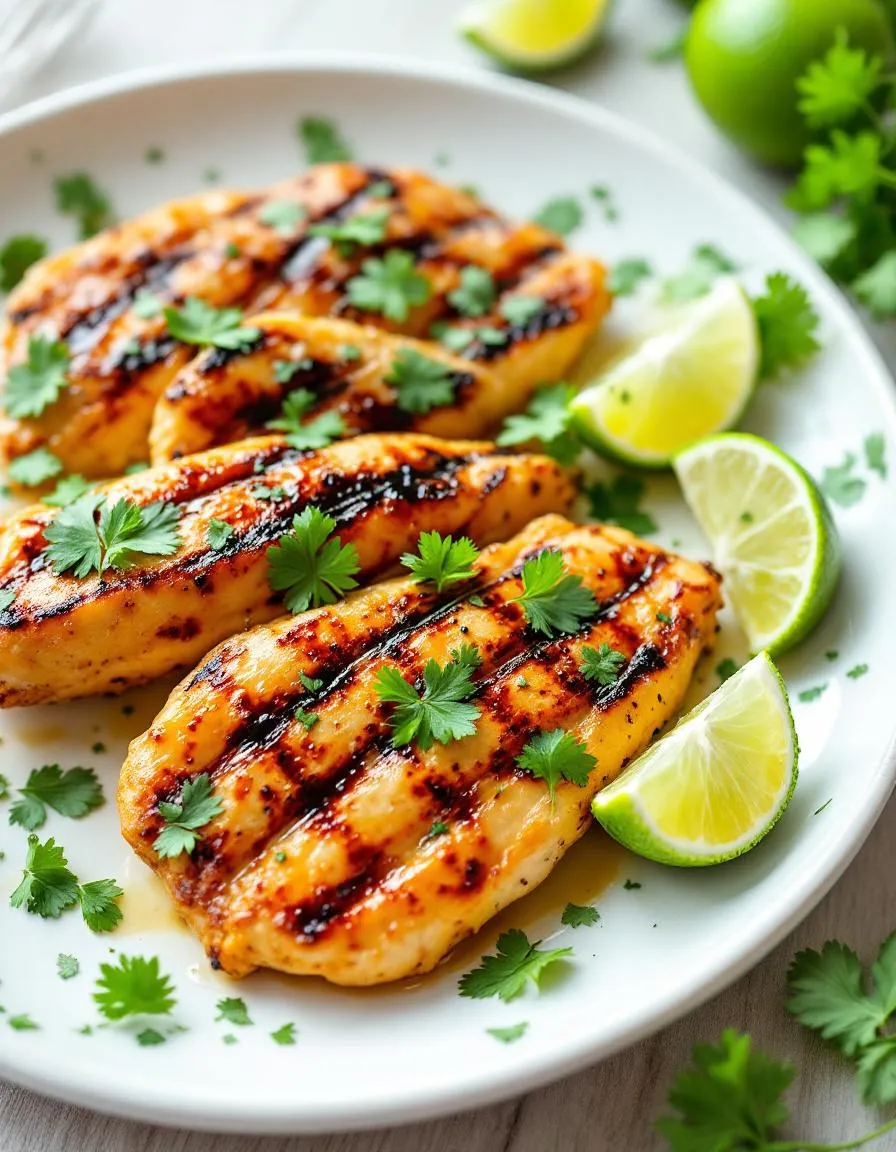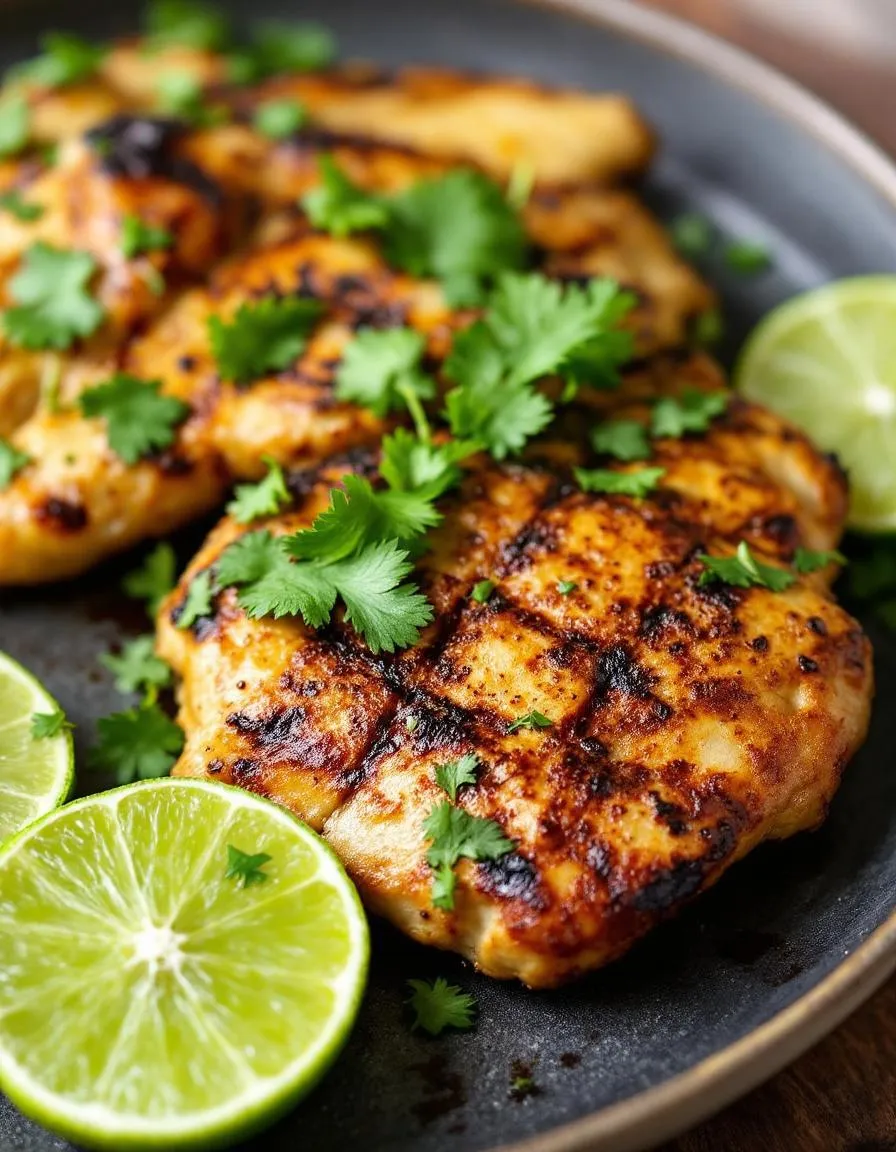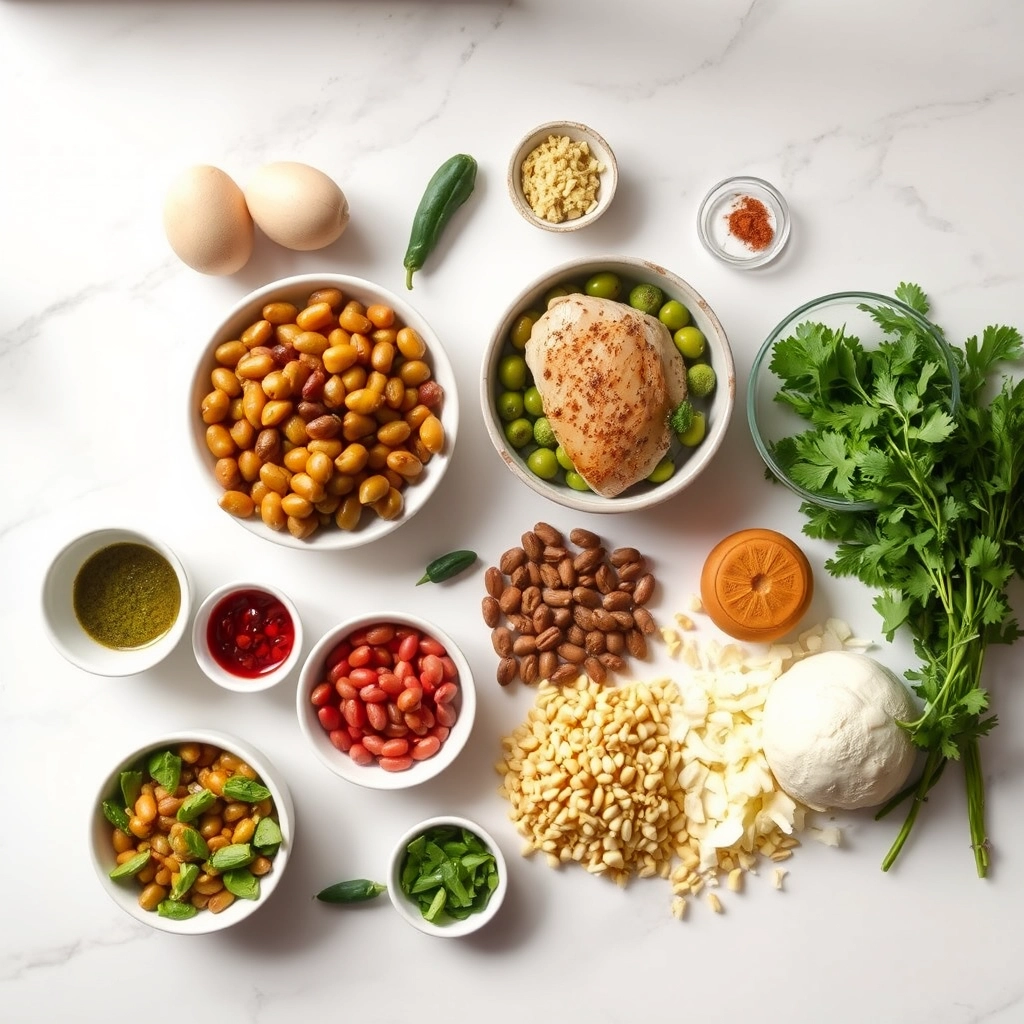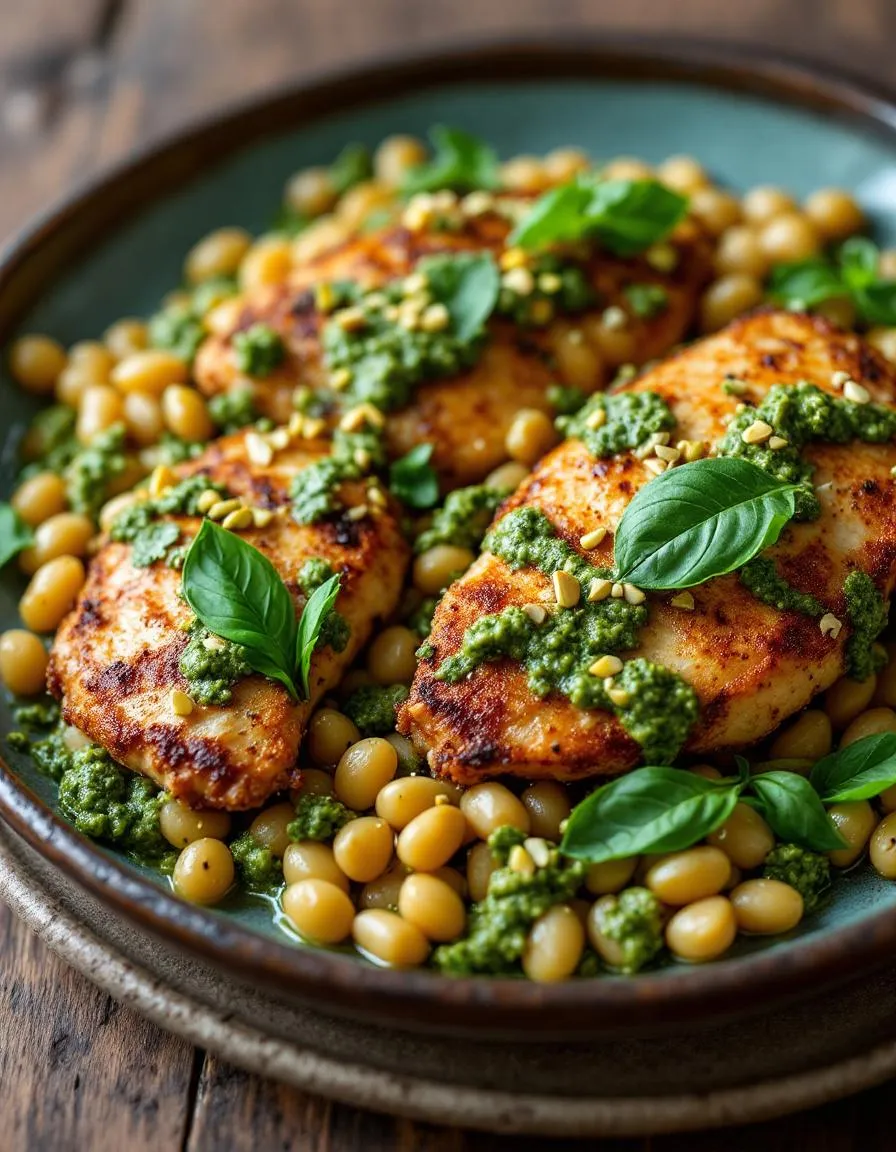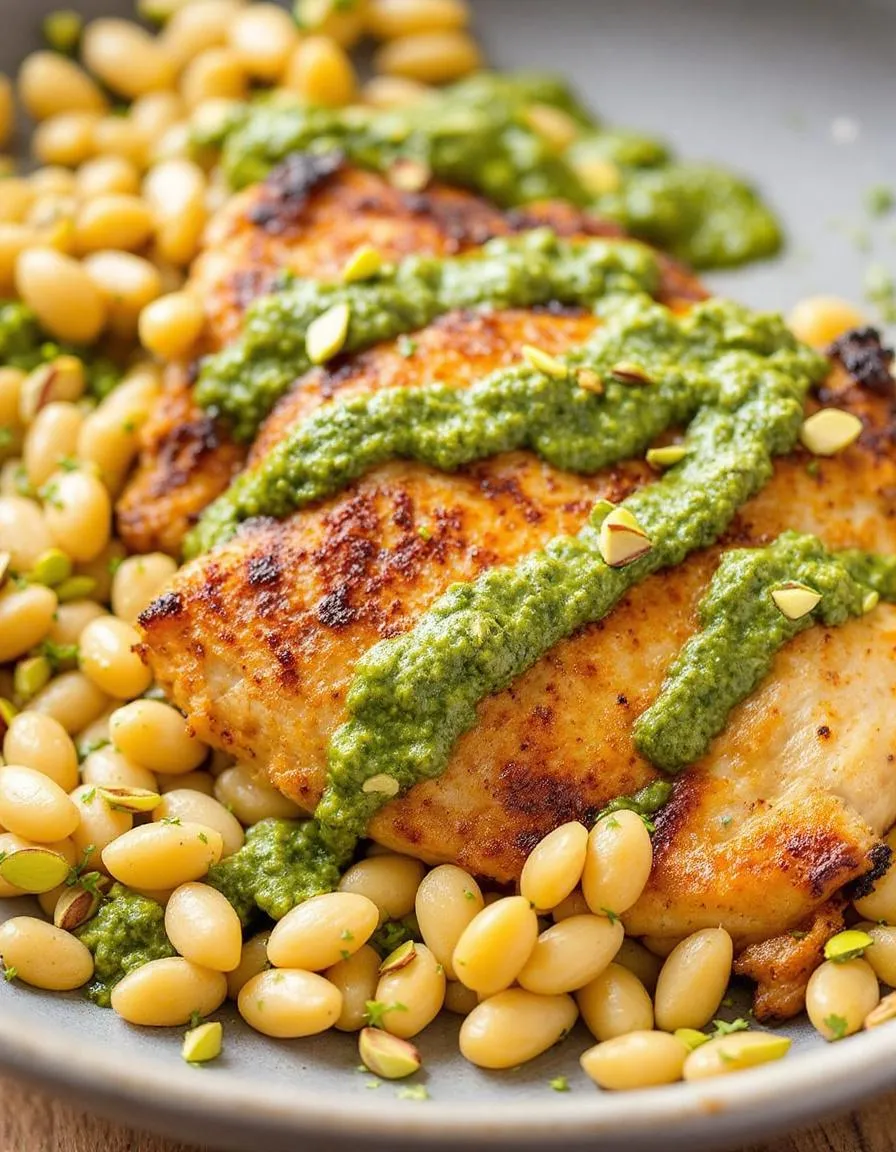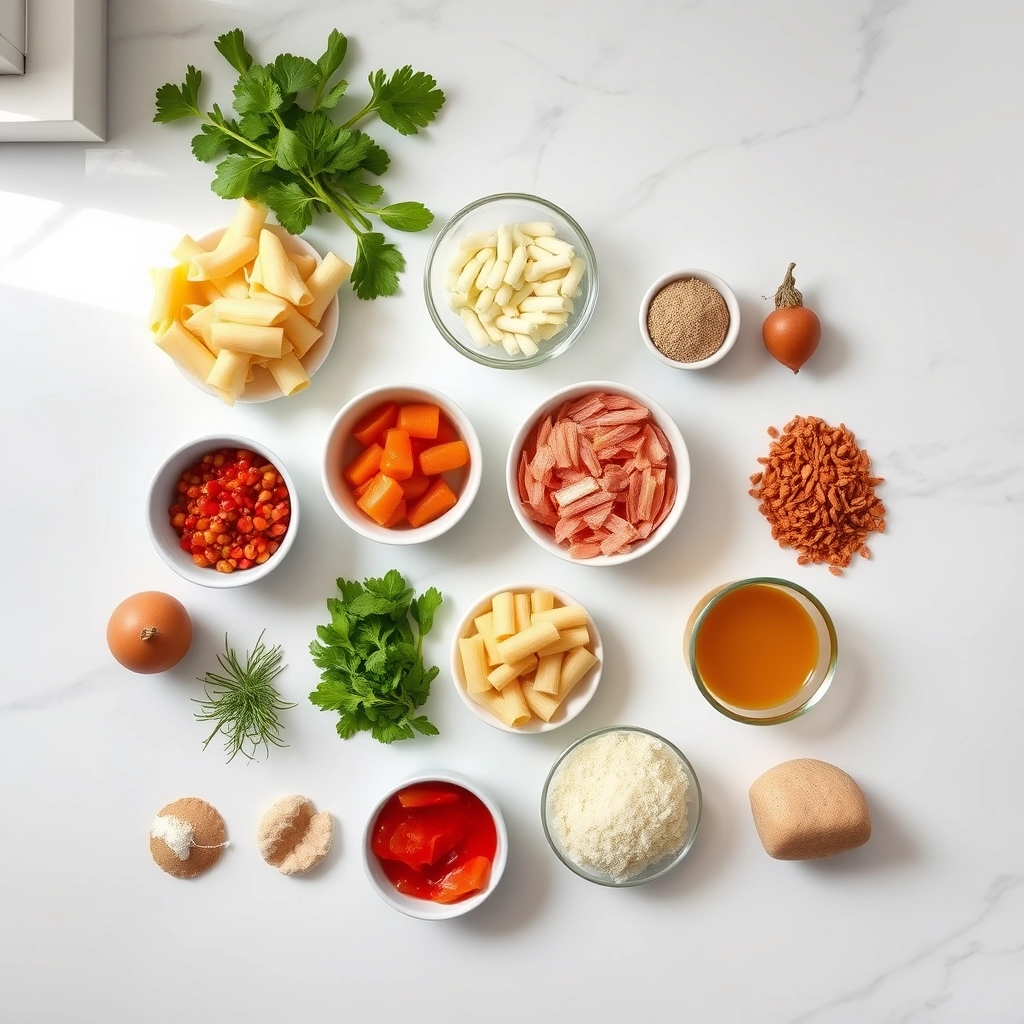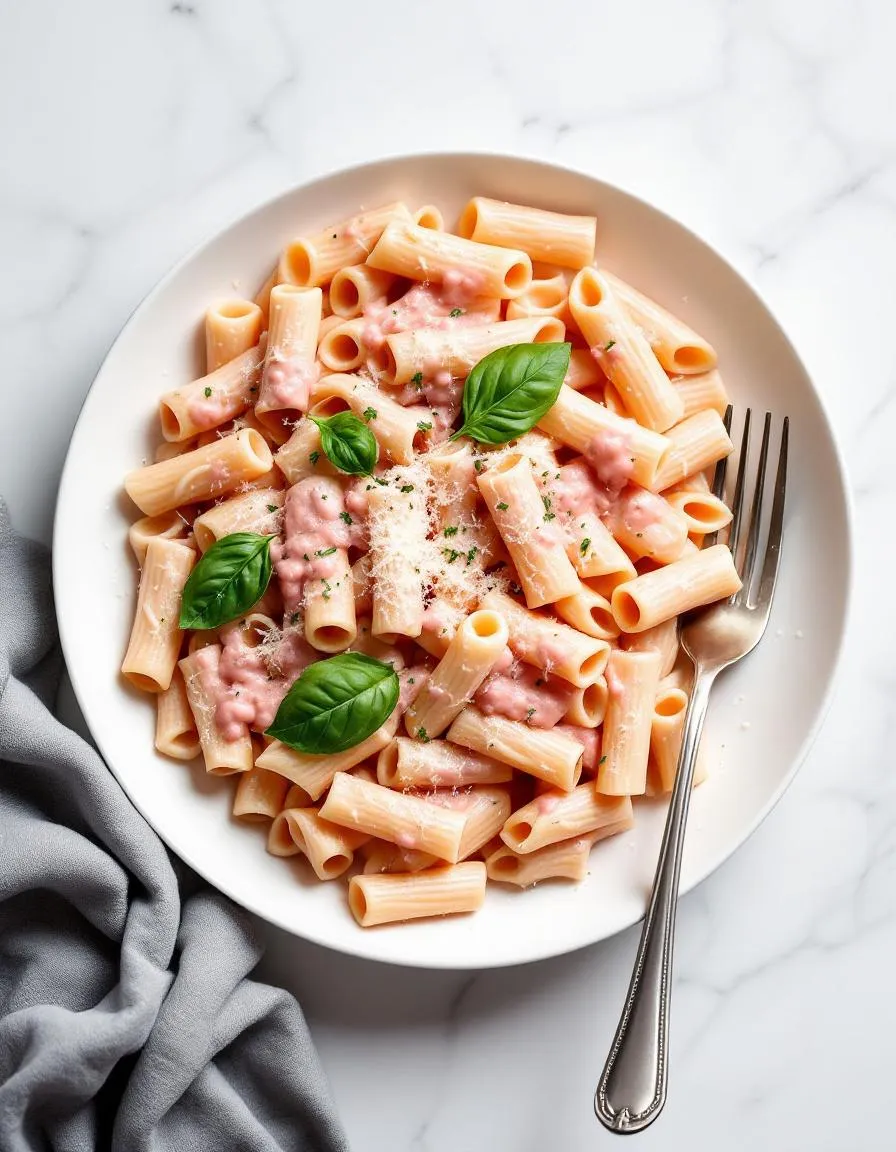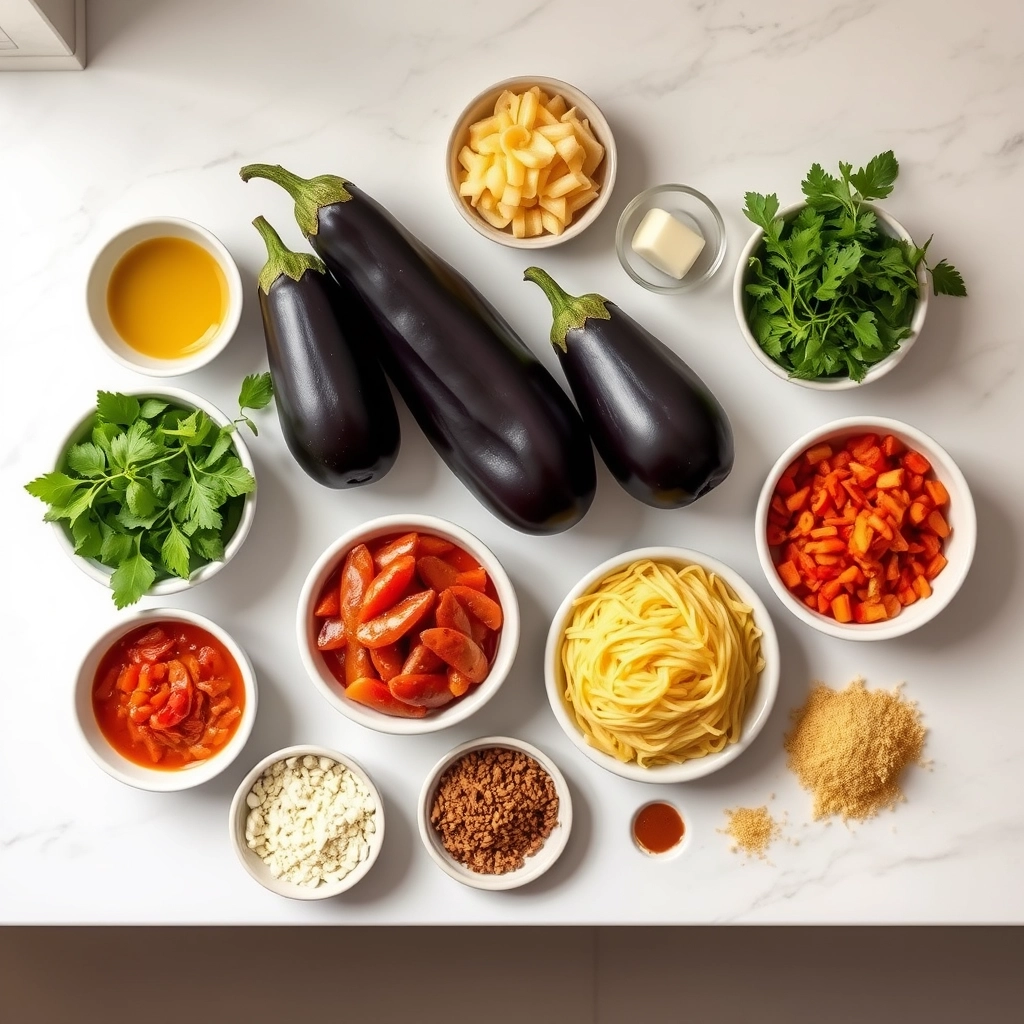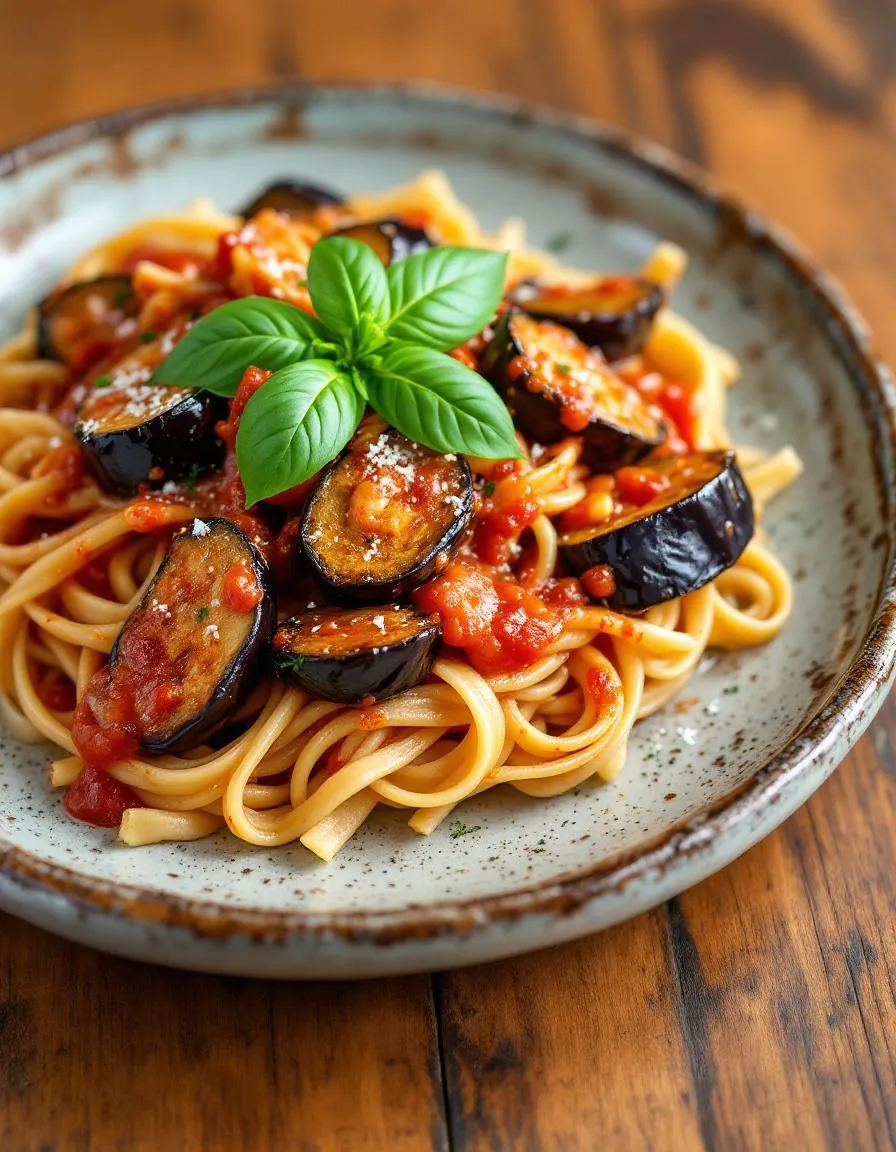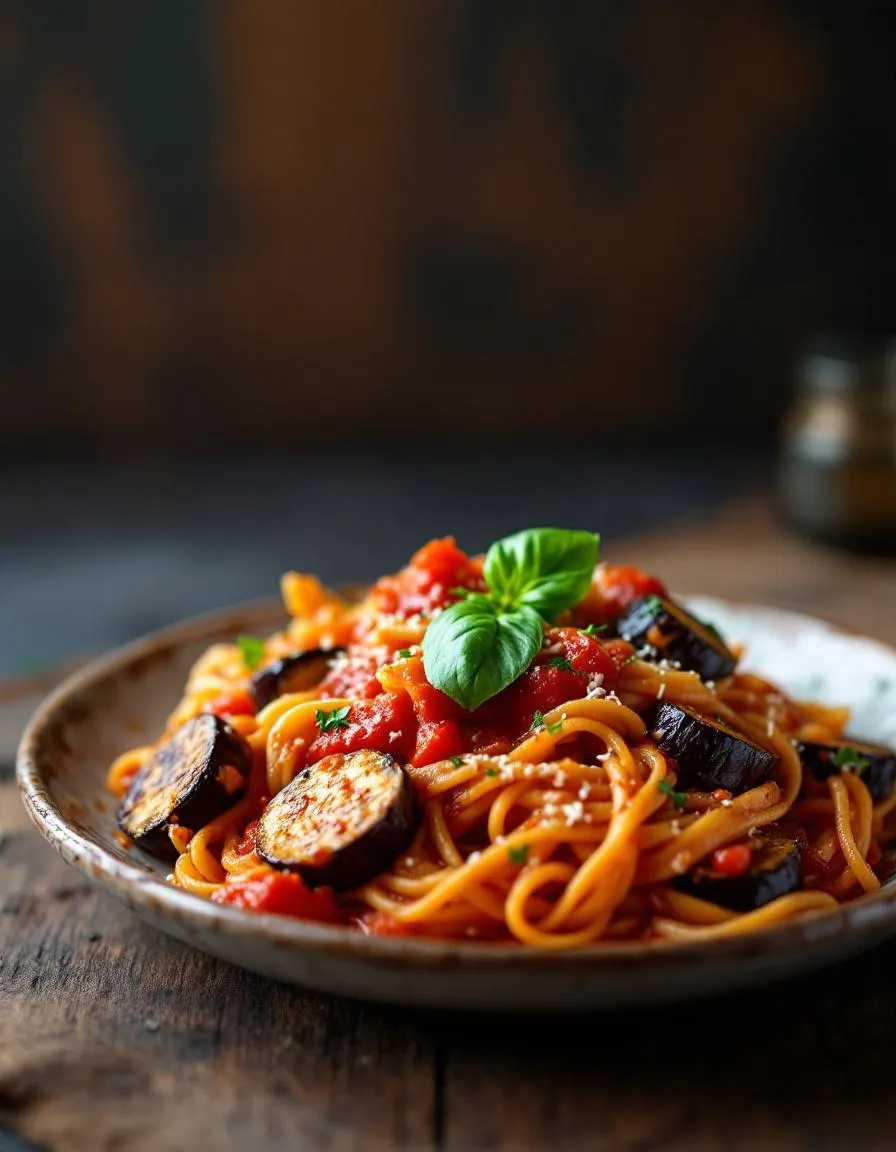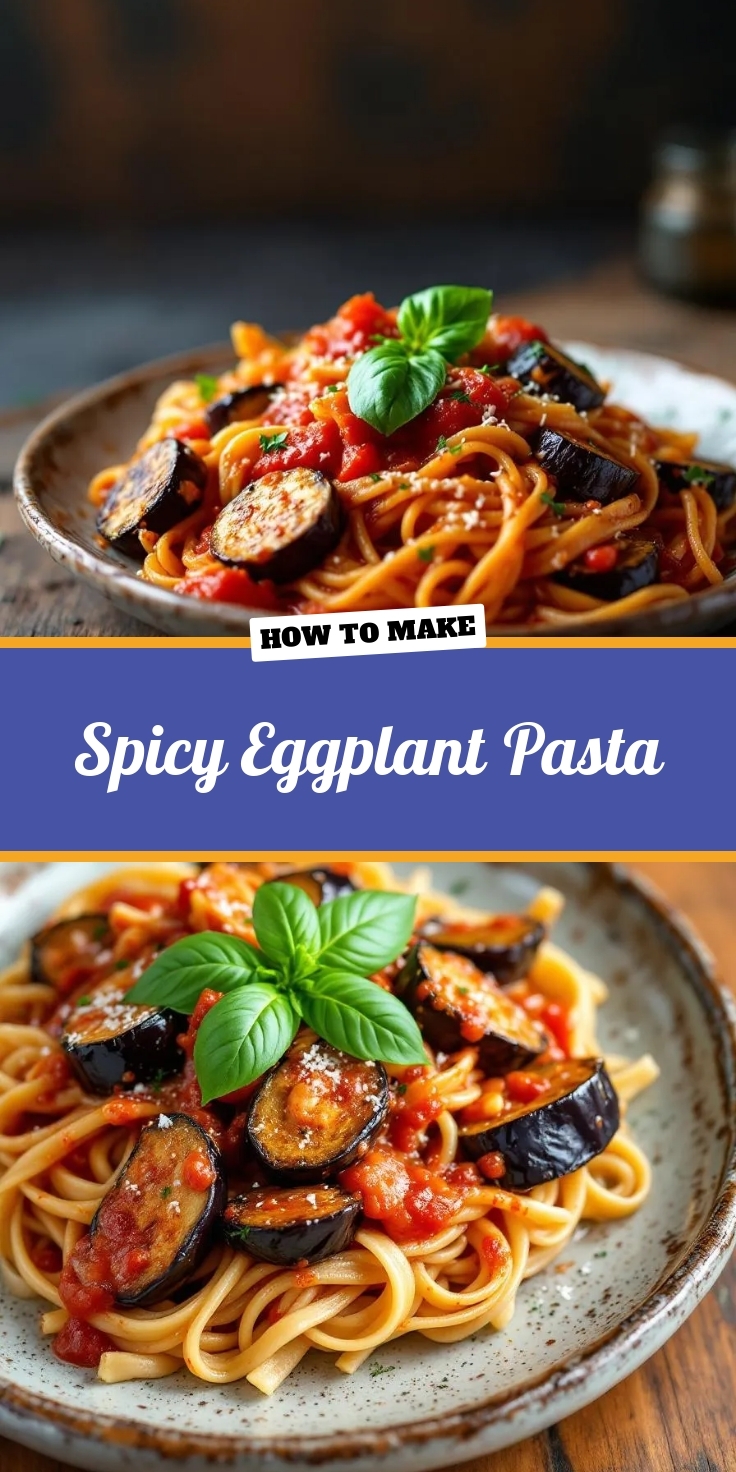Introduction
There’s something undeniably special about homemade sauces, especially when they bring people together. Whether you’re grilling for a summer cookout or just craving a bold flavor boost, this Tangy Homemade BBQ Sauce Recipe delivers. Unlike store-bought versions, it balances sweetness, smokiness, and a hint of spice—all while letting you control every ingredient. Trust me, once you try it, you’ll never go back to bottled sauce again.
Tangy Homemade BBQ Sauce Recipe is more than just a condiment. It’s a game-changer for anyone who loves bold, layered flavors. Picture this: ripe tomatoes, molasses, apple cider vinegar, and a blend of spices simmering into a glossy, finger-licking sauce. Not only does it elevate grilled meats, but it also works wonders as a glaze, dip, or marinade. Plus, making it from scratch means skipping the preservatives and artificial flavors found in many commercial brands. At brekcakes.com, we celebrate recipes that blend simplicity with big taste, and this sauce fits perfectly. If you’re new to DIY sauces, don’t worry—this recipe walks you through each step, just like our popular Easy Homemade Pizza Dough guide. And if you love pairing sauces with comfort food, try it with our Classic Mac and Cheese for an unforgettable combo.
Why I Love This Recipe
This Tangy Homemade BBQ Sauce Recipe holds a special place in my kitchen because it reminds me of family gatherings. My dad used to grill every weekend, and I’d sneak spoonfuls of his secret sauce straight from the pot. Now, I’ve tweaked that memory into a version that’s equally nostalgic but even more versatile. It’s the kind of recipe that makes cooking feel like an adventure—one where you get to taste the love in every bite.
Health and Nutrition
Why it’s good for your body
Tangy Homemade BBQ Sauce Recipe packs a flavorful punch while offering surprising health perks. First, it skips the artificial preservatives and excessive sugars found in store-bought versions. Instead, it relies on natural ingredients like tomatoes, apple cider vinegar, and spices to deliver its signature zing. These components not only enhance taste but also provide antioxidants and anti-inflammatory benefits.
Moreover, Tangy Homemade BBQ Sauce Recipe contains no high-fructose corn syrup, a common culprit in processed sauces. By using honey or maple syrup as a sweetener, you get a milder glycemic impact. Additionally, the garlic and onion in the recipe add prebiotic fibers, which support gut health. Over time, a healthier gut can improve digestion and even boost immunity.
Finally, the sauce’s tangy profile comes from vinegar and citrus, which may aid metabolism. These ingredients help balance blood sugar levels, making Tangy Homemade BBQ Sauce Recipe a smarter choice for those watching their intake. Whether you grill chicken or drizzle it over roasted veggies, you’re adding flavor without compromising nutrition.
How it fits in a healthy lifestyle
Tangy Homemade BBQ Sauce Recipe fits seamlessly into balanced eating habits. If you follow a gluten-free diet, you’ll appreciate that this sauce contains no hidden wheat-based additives. It also pairs perfectly with lean proteins like grilled shrimp or turkey burgers, making it ideal for high-protein meal plans.
For heart-healthy choices, the sauce’s low sodium content and natural ingredients align with dietary guidelines. You can even tweak the recipe to reduce sweetness further if needed. If you love meal prepping, try pairing it with our Healthy Meal Prep Ideas for a week of flavorful, nutritious meals.
Everyday eating becomes more exciting with Tangy Homemade BBQ Sauce Recipe. It elevates simple dishes without excess calories or processed ingredients. For more inspiration on balancing indulgence and nutrition, explore our Balanced Diet Tips. A little creativity in the kitchen goes a long way toward sustainable health.
Tangy Homemade BBQ Sauce
Description
A delicious and tangy homemade BBQ sauce perfect for grilling, dipping, or marinating.
Ingredients
Scale
For the Crust:
- 1 cup ketchup
- 1/4 cup apple cider vinegar
- 1/4 cup brown sugar
- 2 tablespoons molasses
- 1 tablespoon Worcestershire sauce
- 1 teaspoon garlic powder
- 1 teaspoon onion powder
- 1/2 teaspoon smoked paprika
- 1/2 teaspoon black pepper
- 1/4 teaspoon cayenne pepper (optional)
Instructions
1. Prepare the Crust:
- In a medium saucepan, combine all ingredients and whisk until smooth.
- Bring the mixture to a simmer over medium heat, stirring occasionally.
- Reduce heat to low and let the sauce simmer for 20-25 minutes, stirring occasionally, until thickened.
- Remove from heat and let cool before using. Store in an airtight container in the refrigerator.
Notes
You can customize the seasonings to taste.
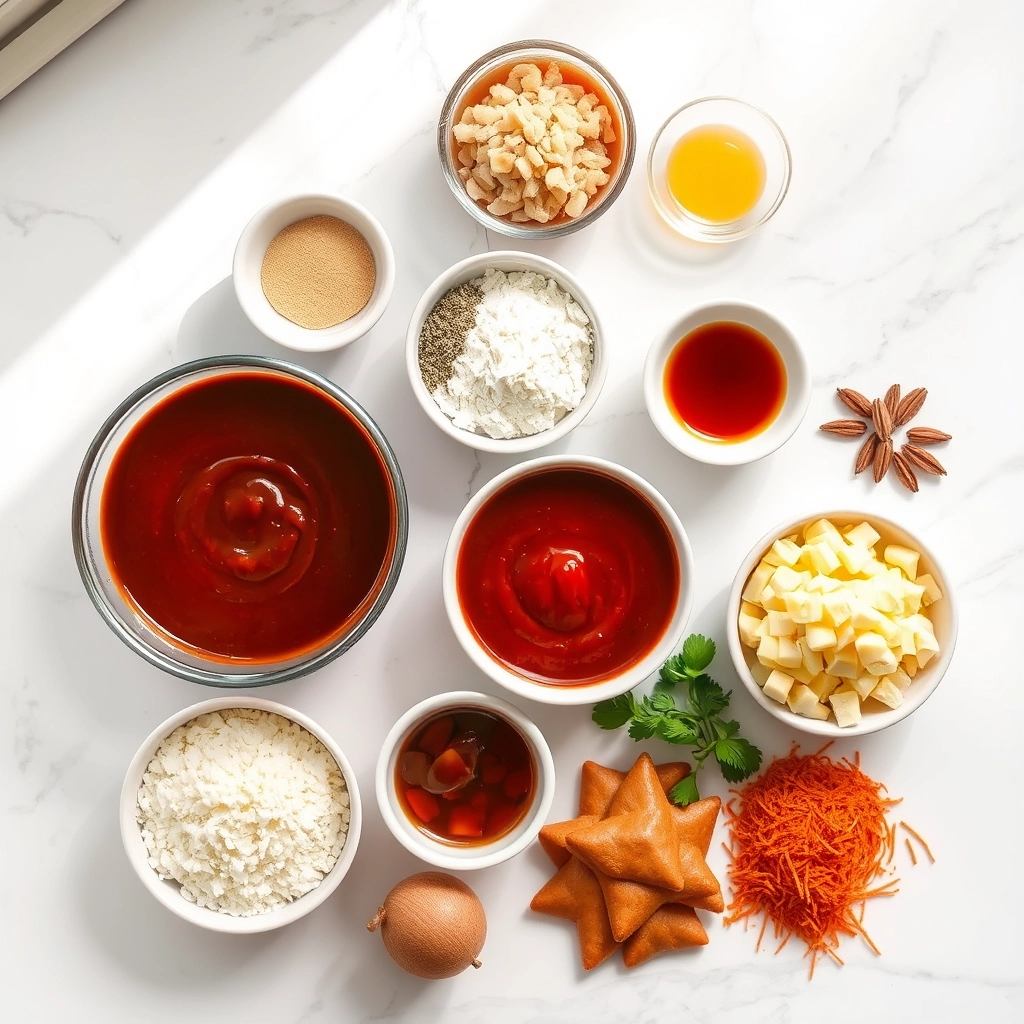
“`html
How to Prepare This Dish
Steps and time-saving tips
Start by gathering all your ingredients for the Tangy Homemade BBQ Sauce Recipe to streamline the process. First, whisk together ketchup, apple cider vinegar, and Worcestershire sauce in a medium saucepan over medium heat. Stir in brown sugar, smoked paprika, garlic powder, and a pinch of cayenne for that perfect balance of sweet and spicy. Let the mixture simmer gently for about 10 minutes, stirring occasionally to prevent sticking. Meanwhile, prep your other meal components—like marinating chicken or preheating the grill—to save time. Once the sauce thickens slightly, remove it from heat and let it cool for 5 minutes. For a smoother texture, blend it briefly with an immersion blender, but skip this step if you prefer a chunkier consistency. Store any extra Tangy Homemade BBQ Sauce in an airtight jar for up to two weeks. Pro tip: Double the batch and freeze half for future cookouts!
Mistakes I’ve made and learned from
Early on, I rushed the simmering step for my Tangy Homemade BBQ Sauce Recipe, resulting in a watery sauce that refused to cling to ribs. Now, I patiently let it reduce until it coats the back of a spoon—trust me, it’s worth the wait. Another blunder? Overdoing the cayenne, which overshadowed the other flavors. I’ve since learned to add spices gradually, tasting as I go. If you’re new to sauce-making, check out my guide to balancing spices for foolproof seasoning. And if you’ve ever wondered why your grilled meats dry out, my grilling mistakes breakdown might save your next BBQ. Remember, even imperfect batches teach you something!
“`
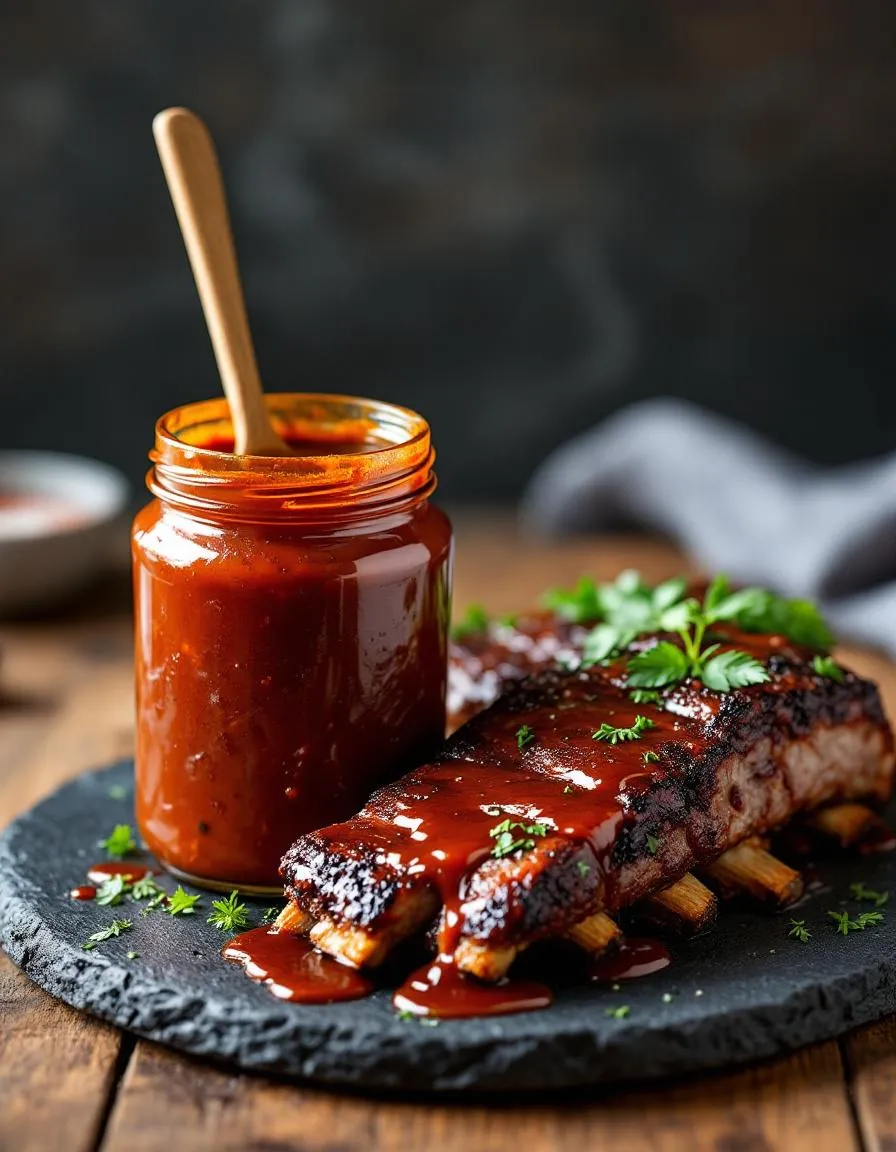
Cultural Connection and Variations
Where this recipe comes from
The Tangy Homemade BBQ Sauce Recipe has deep roots in American barbecue culture, where regional flavors tell their own stories. In the South, vinegar-based sauces dominate, while Kansas City swears by its thick, sweet molasses versions. Meanwhile, Texas keeps things simple with bold, smoky undertones. This recipe, however, strikes a perfect balance—bright, tangy, and just sweet enough to complement everything from ribs to grilled veggies.
Around the world, barbecue sauces take on exciting twists. In Korea, gochujang adds spicy depth, while Jamaican jerk sauces bring fiery heat with allspice and Scotch bonnets. Even in my family, the Tangy Homemade BBQ Sauce Recipe gets a personal touch—my granddad always added a splash of bourbon for extra richness. Whether you stick to tradition or experiment, this sauce adapts beautifully to any palate.
How it fits in today’s cooking
Today, the Tangy Homemade BBQ Sauce Recipe remains a staple for good reason. It’s not just for summer cookouts anymore. Home cooks slather it on air fryer chicken wings for quick weeknight dinners or mix it into meatloaf glaze for comfort food flair. Plus, with dietary trends shifting, many swap sugar for honey or maple syrup, keeping the tang while cutting refined sugars.
Barbecue sauce also bridges generations. Families pass down their versions like heirlooms, and modern twists—like adding it to vegan pulled pork—keep it fresh. Whether you’re firing up the grill or meal prepping, this sauce proves that some flavors never go out of style.
Taste and Texture
What makes it delicious
Tangy Homemade BBQ Sauce Recipe delivers a bold, mouthwatering experience with its perfect balance of sweet, smoky, and zesty flavors. The rich tomato base melts into a velvety texture, while apple cider vinegar and brown sugar create a tangy-sweet punch that lingers on your tongue. As it simmers, the sauce fills your kitchen with an irresistible aroma of garlic, smoked paprika, and molasses. Each spoonful coats your food in a glossy, sticky layer that caramelizes beautifully on the grill. Whether you slather it on ribs or drizzle it over pulled pork, Tangy Homemade BBQ Sauce Recipe transforms every bite into a crave-worthy delight.
Boosting the flavor
For a deeper flavor, try swapping brown sugar with honey or maple syrup to add earthy sweetness. A splash of bourbon or liquid smoke amps up the smokiness, while a pinch of cayenne pepper brings subtle heat. Pair this sauce with smoked pork shoulder for a fall-off-the-bone meal, or mix it into grilled chicken thighs for extra juiciness. Experiment with fresh herbs like rosemary or thyme for an aromatic twist. The possibilities are endless, so don’t hesitate to get creative!
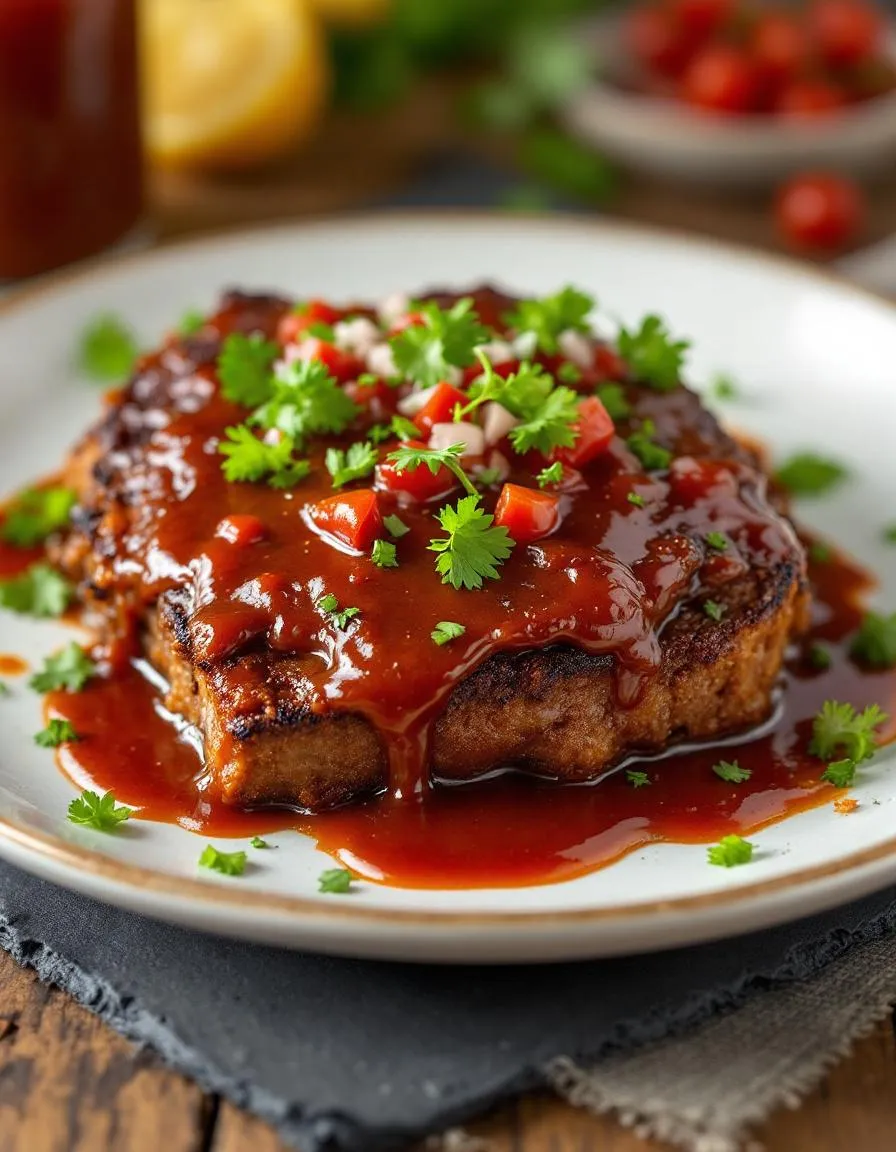
Tips for Success
Best practices for results
Always simmer the Tangy Homemade BBQ Sauce Recipe on low heat to let the flavors meld perfectly. Stir frequently to prevent sticking, especially as the sauce thickens. For a smoother texture, blend the sauce briefly after cooking. Additionally, taste and adjust the sweetness or tanginess before serving to match your preference. Finally, store leftovers in an airtight container to keep the sauce fresh for weeks.
Mistakes to avoid
Avoid rushing the cooking process by cranking up the heat, as this can cause the sauce to burn or taste bitter. Instead, keep the temperature low and steady. Another common mistake is skipping the taste test—since ingredients like vinegar and brown sugar vary by brand, always adjust seasoning as needed. For more flavor-balancing tips, check out our guide on balancing flavors. Also, don’t forget to use a heavy-bottomed pot to distribute heat evenly, which prevents scorching. Learn more about essential tools in our kitchen essentials post.
Serving and Pairing Suggestions
How to serve this dish
Bring out the bold flavors of your Tangy Homemade BBQ Sauce Recipe by serving it warm alongside grilled meats or as a dipping sauce for crispy appetizers. For a backyard barbecue, drizzle it generously over ribs or chicken wings right before serving to create a glossy, mouthwatering finish. Meanwhile, elevate weeknight dinners by brushing it on burgers or sliders during the last few minutes of cooking. If you want to impress guests, serve the sauce in a small mason jar with a rustic spoon for a charming, homemade touch. Garnish plates with fresh herbs like cilantro or parsley to add a pop of color that contrasts beautifully with the rich, deep hue of the sauce.
What goes well with it
Pair your Tangy Homemade BBQ Sauce Recipe with smoky grilled corn or a crisp summer vegetable salad to balance its zesty kick. The freshness of the veggies cuts through the sauce’s richness, creating a perfect harmony. For heartier meals, try it with tender pulled pork or juicy brisket—the tangy notes will enhance the meat’s natural savoriness. To round out the experience, serve a chilled glass of citrus-infused iced tea or a hoppy IPA, which complements the sauce’s bold flavors. Don’t forget to check out our grilled pineapple salsa for a sweet-and-spicy side that adds a tropical twist to your spread.

For a classic Tangy Homemade BBQ Sauce Recipe, you’ll need ketchup, apple cider vinegar, brown sugar, Worcestershire sauce, mustard, and spices like garlic powder and paprika. Adjust the vinegar and sugar to balance the tanginess to your taste.
Your Tangy Homemade BBQ Sauce Recipe will stay fresh for up to 2 weeks when stored in an airtight container in the refrigerator. Always check for off smells or mold before using leftover sauce.
Yes! For a ketchup-free version of Tangy Homemade BBQ Sauce Recipe, substitute tomato paste thinned with water or crushed tomatoes. You’ll need to adjust sweetness and acidity with extra vinegar, sugar, or honey.
Simmer your Tangy Homemade BBQ Sauce Recipe uncovered for 10-15 minutes to reduce and thicken naturally. For faster results, mix 1 teaspoon cornstarch with cold water and stir it into the simmering sauce until desired consistency is reached.







